Benzodiazepines, or "benzos," are mainly prescribed by doctors and other medical professionals to treat anxiety disorders, sleeplessness, and seizures. Although benzodiazepines have many therapeutic uses, there is a risk of dependence and abuse. Unfortunately may people are unaware of how addictive these medications are, and often Dr’s continue with repeat prescriptions for long periods of time, making it much more difficult for a person to stop taking them, or in many cases function normally without them. Clinical guidelines in The UK suggest that these types of medications should not be prescribed for longer than 30 days, due them being dependence forming, however in India it is still very common for people to have been taking them for many years.
Benzodiazepine Withdrawal: What Is It?
After taking large doses of benzodiazepines for an extended period, users frequently acquire a tolerance to these drugs. The user requires higher doses of benzos to experience the effects as their tolerance grows. Withdrawal symptoms appear when a drug user stops using it.
Both those who abused benzodiazepines without a prescription and those who were prescribed them experience withdrawal symptoms. Because of the intense withdrawal symptoms and addictive nature of benzodiazepines, many physicians are reluctant to recommend them for extended periods, and prescribing guidelines in countries such as The UK are quite strict.
What are the withdrawal symptoms?
When someone stops using benzodiazepines "cold turkey," the withdrawal symptoms can be difficult and excruciating on both a physical and emotional level. The worst withdrawal symptoms are experienced by those who have taken larger dosages or the drug for more extended periods.
The symptoms of benzodiazepine withdrawal are very erratic and frequently sporadic. They could differ in intensity and frequency throughout every stage of the withdrawal process.
The most prevalent Benzo withdrawal symptoms, often referred to as "rebound" symptoms, typically appear one to four days after stopping use, depending on the kind, quantity, and frequency of Benzo usage. Usually lasting up to ten days, these symptoms may include
- Disruptions to sleep
- heightened Anxiety
- Fear
- Attacks of panic
- inability to concentrate
- Sweating excessively
- palpitations in the heart
- Headache
- tense or uncomfortable muscles
- mild to moderate shifts in awareness
- Wants
- Handshakes
More severe and less typical symptoms can sometimes appear, particularly in cases of severe addiction. Among them are:
- Delusions
- Convulsions
- Insanity or psychotic responses
- higher chance of having suicidal thoughts
- Rebound from sleep issues and Anxiety
- Seizure
The primary reasons that benzodiazepines are used is for the treatment of mental health issues like insomnia and generalized anxiety disorder. When these drugs are stopped, many people become more anxious or restless. We refer to this as the rebound effect.
Anxiety and insomnia are common rebound symptoms following Benzos withdrawal, which lasts two to three days. Rebound effects are different from withdrawal in that the former is the re-emergence of symptoms that were present before the start of benzodiazepine usage. In contrast, withdrawal symptoms are the result of the body's inability to adjust to the cessation of benzodiazepine use.
Period of Withdrawal
The amount of time that benzodiazepines stay in the body after use varies depending on the brand. Because shorter-acting benzos leave the user's system more quickly than longer-acting ones, withdrawal symptoms from shorter-acting benzos start earlier.
For shorter-acting benzos, the initial withdrawal symptoms often appear 6 to 8 hours after use; longer-acting benzos occur 24 to 48 hours after use.
Because they elicit severe and acute withdrawal symptoms when stopped, short-acting benzodiazepines are noteworthy. Withdrawal effects from long-acting benzos are less severe and take longer to manifest.
The length of withdrawal is increased by taking benzos more frequently, in larger doses, in more potent forms, and over more extended periods. Withdrawal symptoms from simple addictions can be overcome in as little as seven days. In some situations, weaning the patient off the medication gradually can take up to 12 months to avoid potentially fatal withdrawal symptoms.
Samarpan is the only rehab center in India that is currently familiar with The Ashton Method, developed by Professor Heather Ashton, is a gentle and gradual approach to benzodiazepine withdrawal. This method acknowledges the challenges of quitting benzodiazepines and focuses on tapering the dosage over an extended period. By doing so, it allows the body to adjust slowly and minimize the side effects of withdrawal symptoms.
The Ashton Method works by gradually reducing the benzodiazepine dosage over time. It involves switching a short-acting to an equivalent dosage of a longer-acting benzodiazepine, such as diazepam (Valium), and then implementing a slow tapering schedule of the dosage over several weeks or months.
For example, the reduction rate used in the Heather Ashton protocol calls for eliminating 10% of the remaining dose every two to four weeks, depending on the severity and response to reductions with the final dose at 0.5 mg dose of diazepam or 2.5 mg dose of chlordiazepoxide.
The length of the dosage tapering process depends on various factors, including the individual’s history of benzodiazepine use disorder and their overall health.
Symptoms of post-acute withdrawal (PAWS)
Symptoms of post-acute withdrawal from benzodiazepines frequently persist for at least six months after stopping the drug. Among the signs of PAWS are:
- Unrelenting fear
- persistent sleeplessness
- Having trouble finishing complicated jobs
- Lack of focus
- reduction in sexual desire
- Depression
Benzo Detox
Eliminating benzodiazepines from the addict's system is the first step in treating their addiction. This procedure, referred to as detoxification, might have harmful adverse effects if carried out incorrectly.
Cold turkey withdrawal can potentially be fatal in some instances. To keep an eye out for potentially lethal symptoms like seizures and suicidal thoughts, a supervising physician needs to be there. Perhaps as many as 20–30% of those going through an untreated detox from these substances may experience a grand mal seizure.
-
Fifth Edition of the Diagnostic and Statistical Manual of Mental Disorders.
While becoming clean, a medically supervised detox keeps patients safe and well. Additionally, medical detox lessens the suffering associated with withdrawal, which lowers the likelihood of relapsing into addiction. Depending on the substance used and how long it is taken, detoxification might take many months.
Reducing the Use of Benzodiazepines
Reducing the dosage of benzodiazepines is a common step in medical detoxification. Reducing the dosage or prescribing a less robust Benzo can be considered "tapering down." The type of drug consumed and the extent of the addiction dictate the approach taken.
Some benzos used for detoxification are Clonazepam (Klonopin) and Diazepam (Valium). Since these medications have a longer half-life and are less intense than other benzos, they are utilized for weaning down. These medications prevent withdrawal symptoms while the user lowers their dosage.
Medication for Benzo Detox
Some drugs can assist in lessening withdrawal symptoms during the detox stage, but most people reduce their dose gradually until it's safe to stop taking the medication altogether. Among these are a few of these:
Buspirone
Patients with a history of substance abuse and generalized anxiety disorder are often prescribed buspirone. This medicine doesn't cause physical dependence and can mitigate the psychological effects of withdrawal.
The one drawback of Buspirone is that its effects only last up to three weeks. Detox patients may start Buspirone as they gradually reduce their benzo doses.
Flumazenil
Although long-acting benzodiazepine withdrawal symptoms have been somewhat alleviated, this medication is mainly used to treat benzodiazepine overdoses. Because flumazenil connects to the same pleasure areas in the brain as benzodiazepines, it can inhibit the effects of benzos and alleviate withdrawal symptoms.
Since the medication flushes benzodiazepines from the body, it can also be utilized for quick detoxification. Use caution when using this medicine since quick detoxification can exacerbate withdrawal symptoms.
How Can Samarpan Help?
At Samarpan, we provide tailored programs to assist people in kicking their benzodiazepine addiction. Our method incorporates evidence-based treatments, including Cognitive Behavioral Therapy (CBT), which helps patients recognize and alter the mental patterns and actions linked to benzodiazepine usage. In addition, our skilled staff offers thorough medical and psychological assistance to address co-occurring mental health disorders and withdrawal symptoms.
Clients at our opulent rehab facility gain from a calm and encouraging setting that promotes healing and rehabilitation. Samarpan offers individualized treatment programs that are customized to meet each patient's needs, enabling them to overcome their benzodiazepine addiction and achieve long-term sobriety.
Samarpan is a specialized international Substance Use Disorder (De-Addiction) and Process Addiction rehab in Pune, India that accepts a maximum of 27 clients. We only accept clients on a voluntary basis and have a highly structured program that encompasses the most effective approaches to Substance Use Disorder and addiction.
The facility is set in the rolling hills Mulshi, with clients having either individual or shared rooms, in a modern resort like facility, staffed by Internationally Accredited Professionals. Samarpan is fully licensed under The MSMHA and is also an accredited ;RSKI-CENAPS Centre of Excellence offering a program from 5 to 13 weeks.
If you or someone you care about is considering treatment for substance use disorder or process addictions, we can help. Contact us now on admissions@samarpan.in or phone/WhatsApp us on +91 81809 19090.






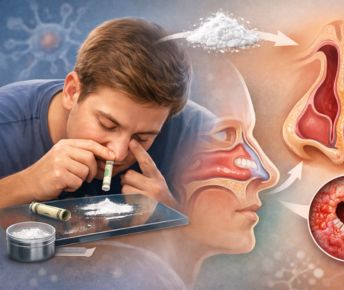
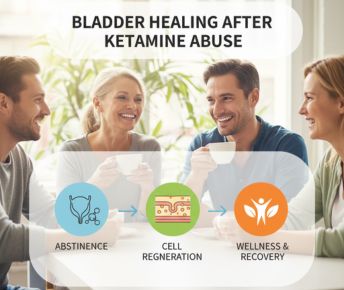

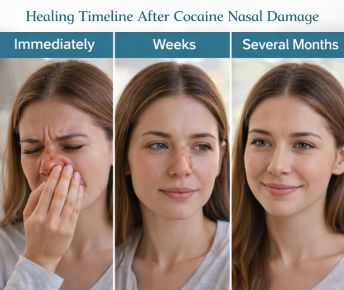


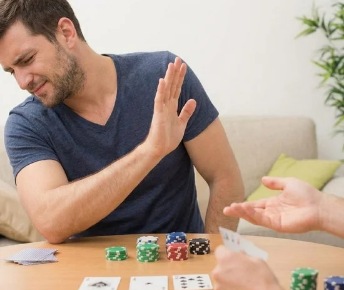



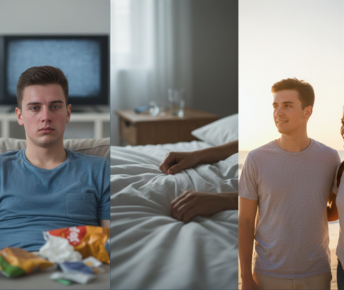


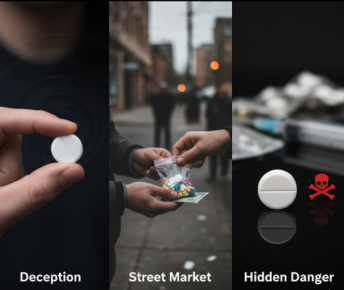



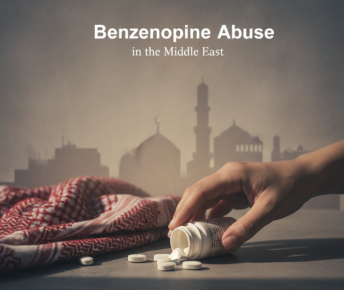
 Yes, many offer serene environments and solid therapeutic frameworks. However, quality varies, so it’s essential to research accreditation, staff credentials, and therapeutic depth.
Yes, many offer serene environments and solid therapeutic frameworks. However, quality varies, so it’s essential to research accreditation, staff credentials, and therapeutic depth.




